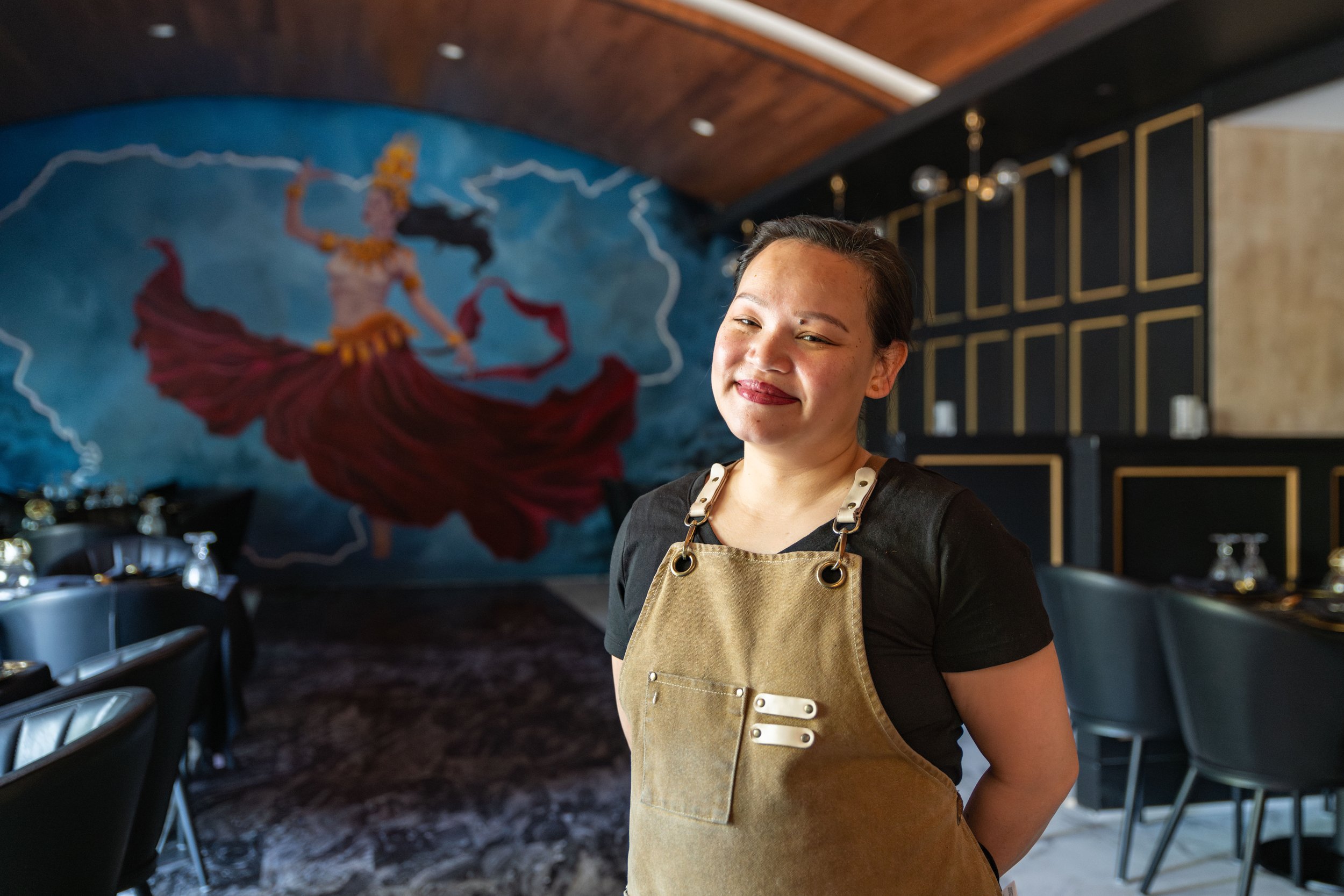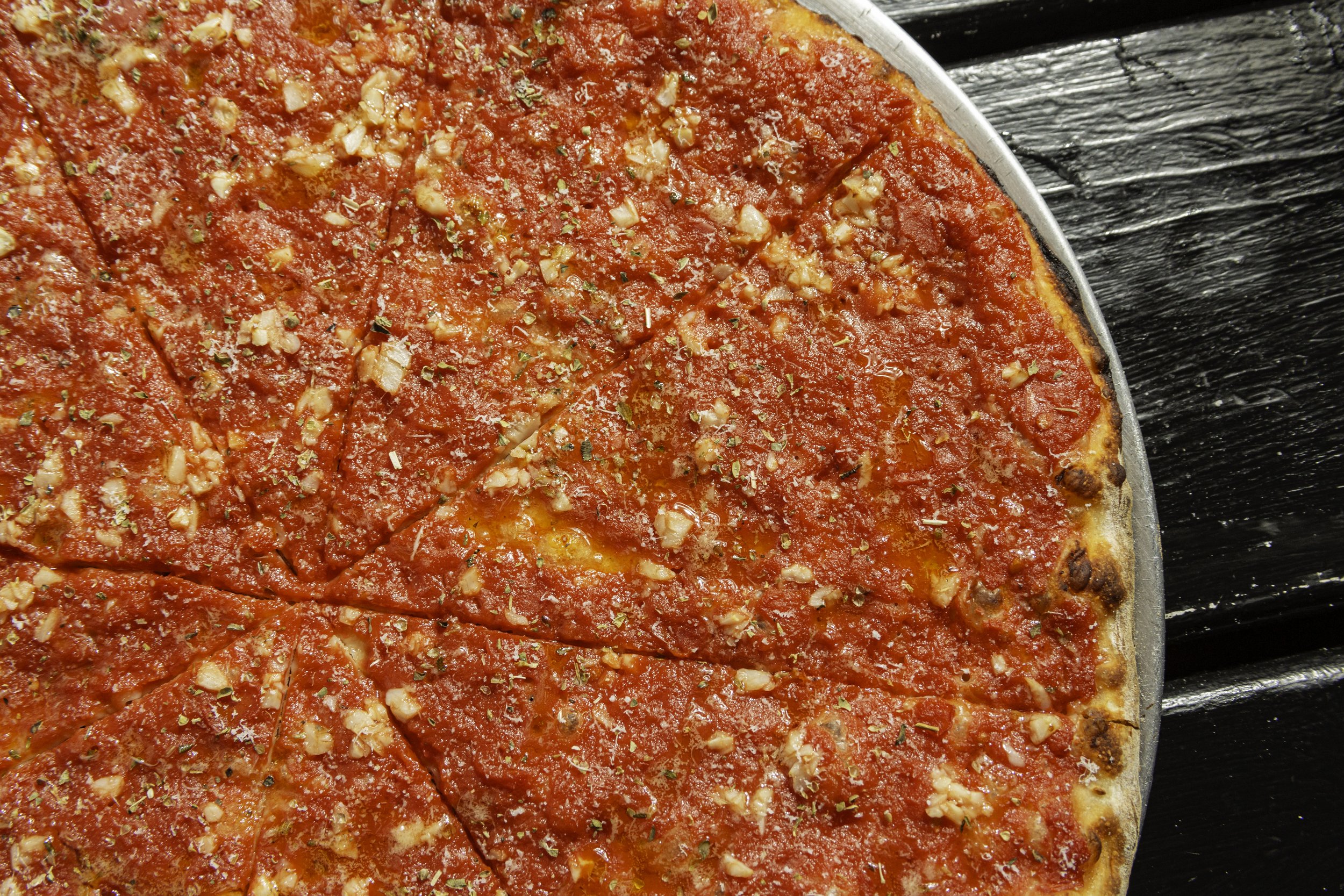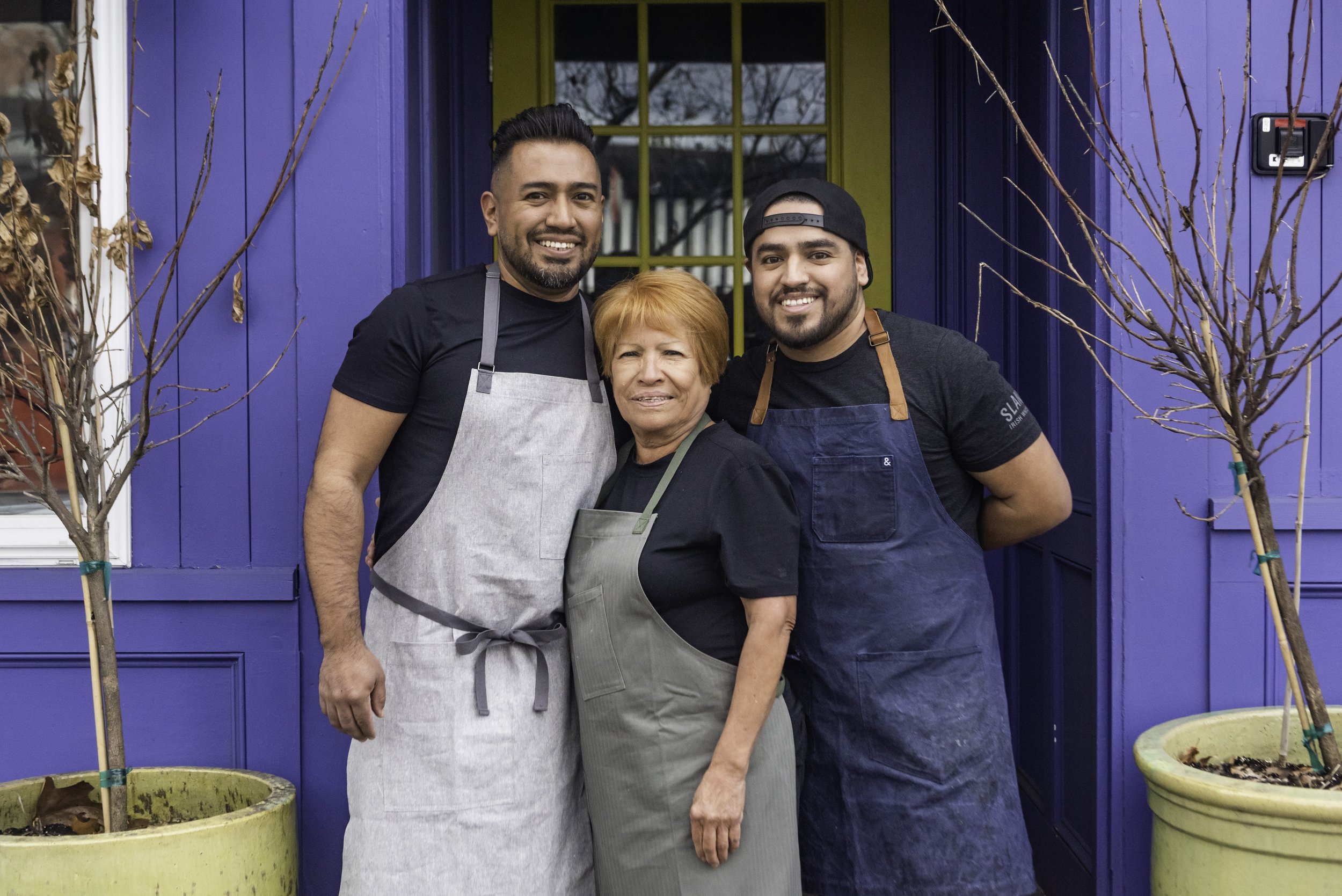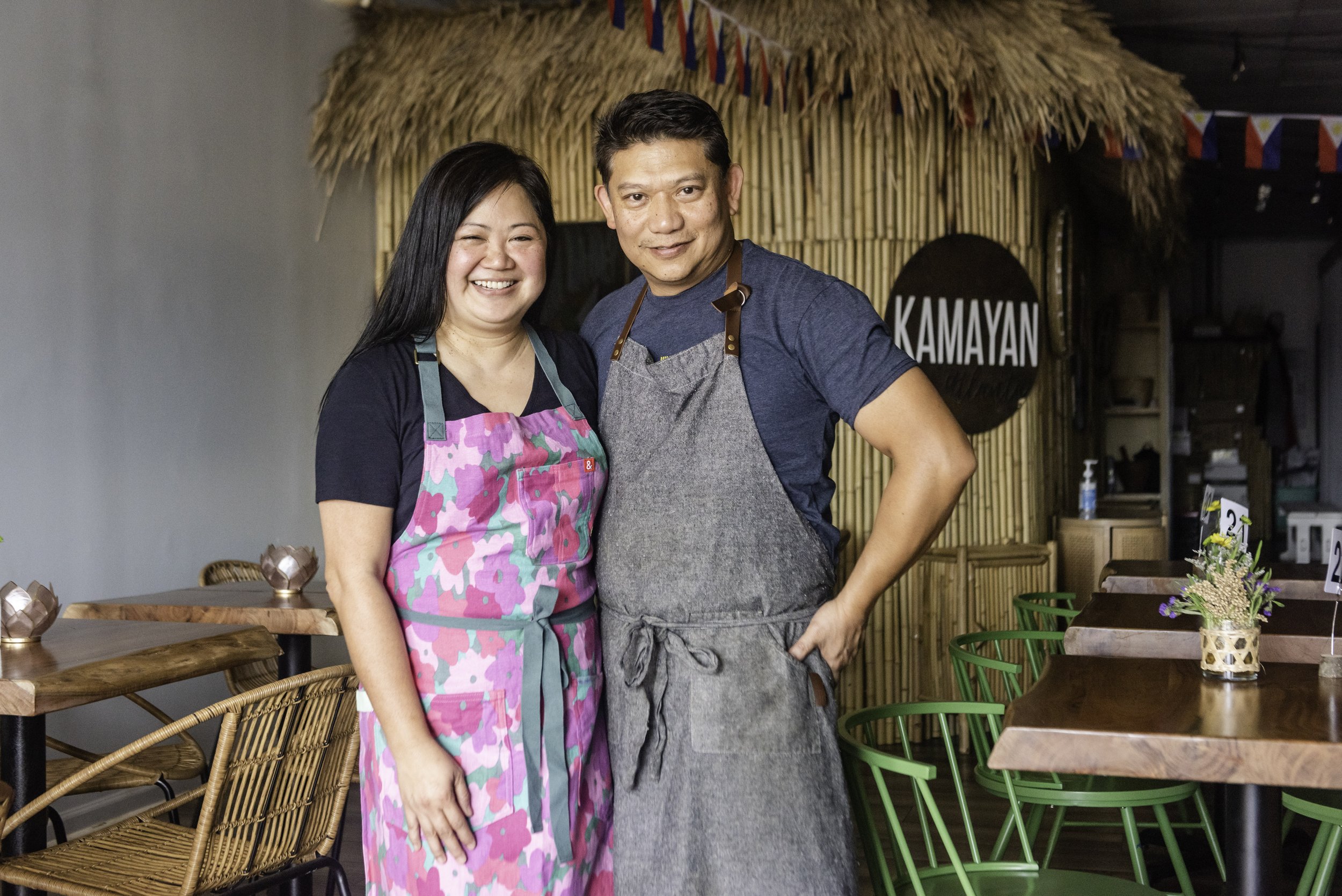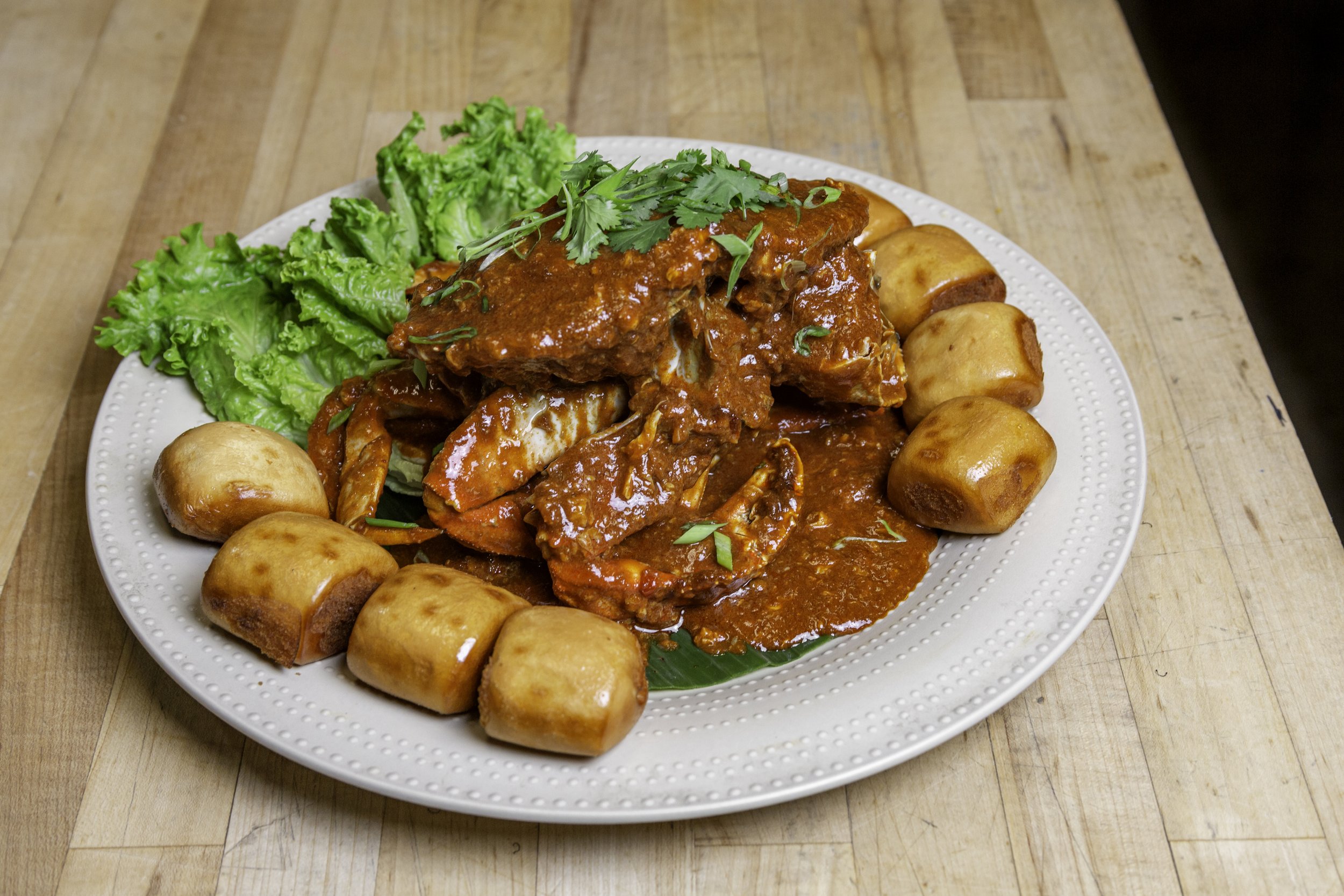Past, Present, Prahok: A Story of Healing at Khmai
How Chef Mona Sang found freedom, connection, and celebration through her Cambodian restaurant.
photos: alexander zeren
Mona Sang breathed in deeply, taking in the ingredients spread out on her kitchen counter. She had no recipe, nobody to teach her how to cook. Relying solely on the memory of the scent that used to fill her tiny childhood apartment, Sang set out to make the Cambodian dish prahok ktiss, a minced pork dip.
Sang’s mother, Sarom Sieng, sat nearby, staring off blankly. It had been weeks since she said anything more than a word or two. Sieng was in mourning after the sudden death of her oldest son, the depression like a walking coma.
Sang sautéed the pork, adding prahok, a fermented fish paste, and lemongrass to match the aromas she remembered. “You’re doing this all wrong,” her mother said finally. Sang stood aside as her mom took over.
As they cooked, Sieng’s depression lifted. She began opening up to her daughter for the first time about their home country, Cambodia. Her husband died first from the genocide brought on by the dictator Pol Pot. Then her two sons, brothers Sang didn’t even know she had, died while trying to escape. With no way to bury them, Sieng left them on the side of the road. Torture in a Khmer Rouge camp followed. Finally she made it across the border to Thailand. That’s where Sang was born, at a refugee camp in perhaps 1981, though the actual date is unknown. Through all of it, Sieng would think back to her recipes, recounting the ingredients in her head. Just the thought of cooking became a way to escape and manage her PTSD.
“Look. Watch me,” Sieng would say as she cooked with her daughter, forbidding her from writing anything down. “No, remember. That’s what I did.”
After that day making prahok ktiss, the mother-daughter duo tackled more recipes. Somlor kari, chicken stewed in red coconut curry. Vegetables simmered slowly to create one of Cambodia’s national dishes, samlor korko, like an herby and deeply flavored ratatouille.
But, there was a time that Sang despised those dishes. She was about six years old when her mother brought her and her three siblings to Chicago. Kids at school told her she stank, her clothes soaked in the aroma of prahok. She just wanted her classmates’ turkey sandwiches.
She remembers her first real American meal, a Burger King Whopper. “It was the most delicious thing I had ever tasted,” she says. “Even now it’s my comfort food. It reminds me of freedom. It reminds me I’m free.”
Sang got a job after high school running the counter at a gyro place and taught herself to cook by watching her coworkers. Eventually, she’d end up working the line at Lettuce Entertain You’s The Ivy Room until the lockdown hit pause on her career and she started spending more time in the kitchen with her mom.
Cooking with her mother also helped Sang process her own memories. “I didn’t really have much of a childhood,” she says. After they came to America, at least two years passed before Sang started school. She taught herself English and how to read and write. Ingredients they got with food stamps were a mystery, the entire family puzzling over a box of mac and cheese. Sang recalls, “I still get teased for sticking my finger in our first jar of peanut butter like, ‘Oh my god, what is this?’”
As Sang and her mother continued to cook together, Sang began posting the photos on Instagram. “People would say, ‘What is this?’ I’d say, ‘Cambodian food.’ And they’d say, ‘What is Cambodian food?’”
When the lockdown lifted and Lettuce asked Sang to return, she decided instead to keep cooking with her mom. They spent nine months catering before opening Khmai Fine Dining, a tiny restaurant at Howard and Ridge that would honor their Khmer heritage and serve as a reminder of the hard road that led them here. “It wasn’t the greatest spot,” Sang says, “but we made it our own.”
At first, they’d have only two or three customers a day, but she didn’t mind. She was sharing time with her mom and hearing the stories of her past. It grew slowly, and six months in, they hit a hundred covers a day, turning people away when the place filled up.
They moved into their second location in early 2024, renaming the restaurant Khmai. Sang wanted to modernize and update the menu, but her mother, who turns 80 this year, wanted to keep things traditional. She carried these recipes with her through the torture camp, through the refugee camp, and to America, with the memory of food from home as the only connection to her culture. So, they decided to meet in the middle. Half of the restaurant features traditional Cambodian dishes, and the other showcases Sang’s modernized takes, like her tamarind chicken wings or lemongrass-marinated skirt steak with kroeung butter and Cambodian barbecue sauce on French bread. Sang says developing the restaurant’s menu helped her overcome her biggest regret. “I was a fool to not learn sooner how to cook Cambodian dishes,” she says. “Now, I embrace it and want to learn more.”
Sang, alongside her mother, who’s in the restaurant every day, has made it her mission to bring more Cambodian food to diners while sharing their often overlooked history. “Chicago needs to know about the [Cambodian] genocide; why we are here and what makes us different from all the other cultures. Cooking is what healed [my mom], so maybe we can try to heal other people too. Every dish we put on a table tells our story,” Sang says. “This is the love we’re putting into it.”

